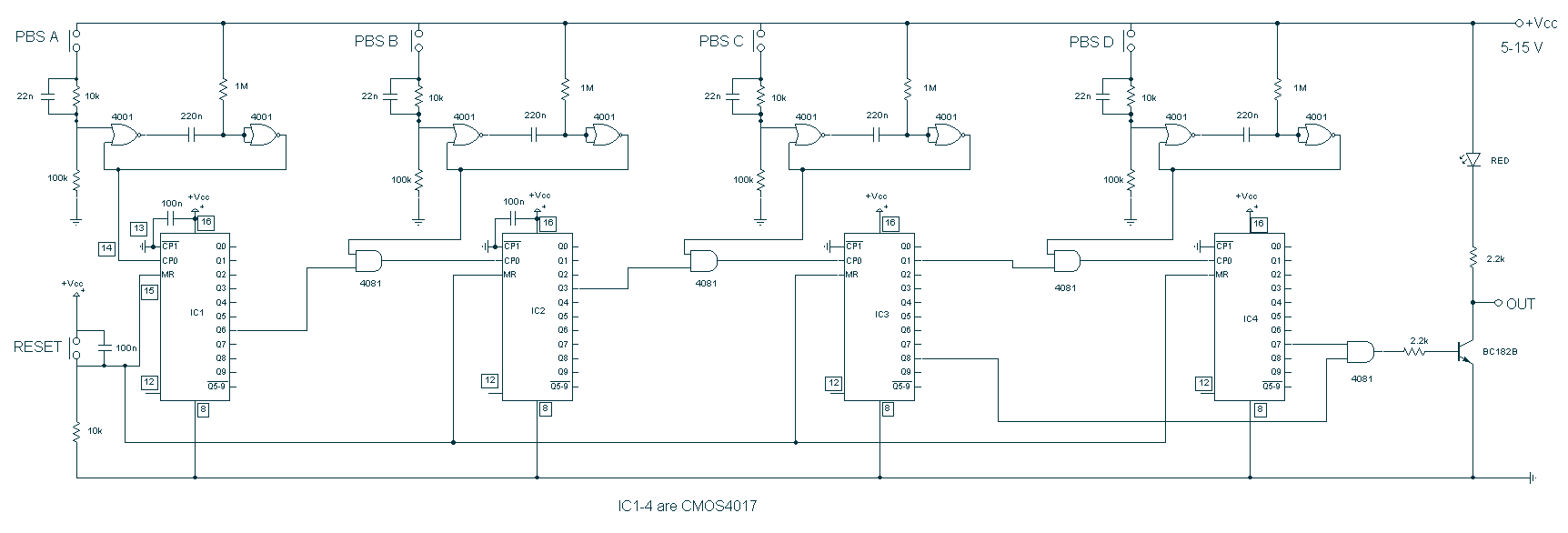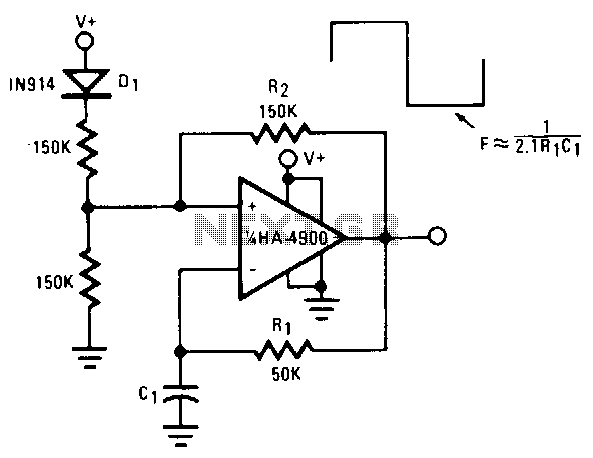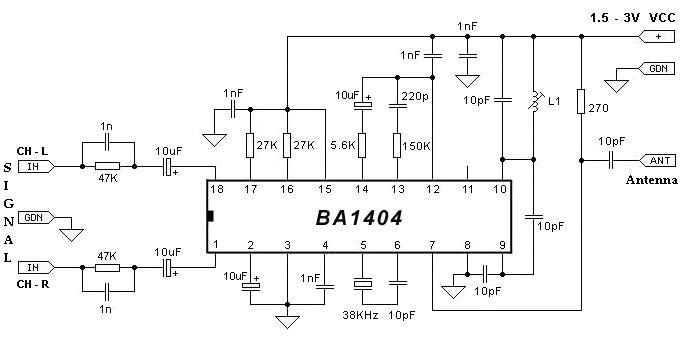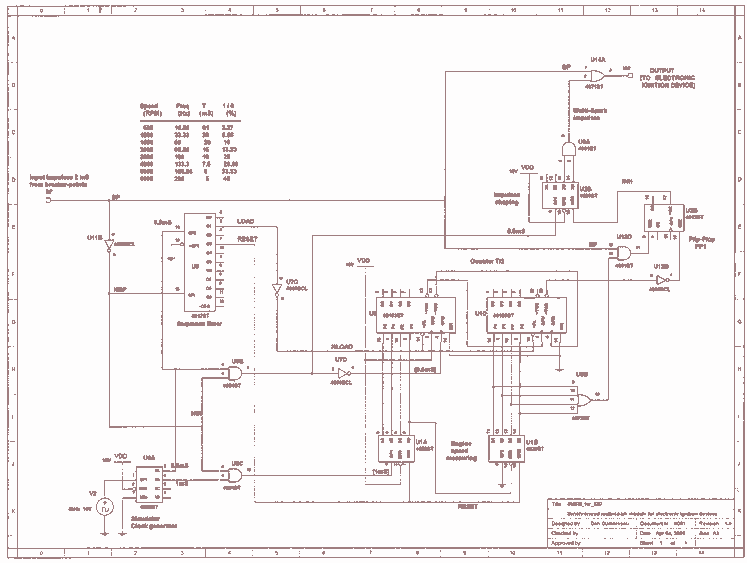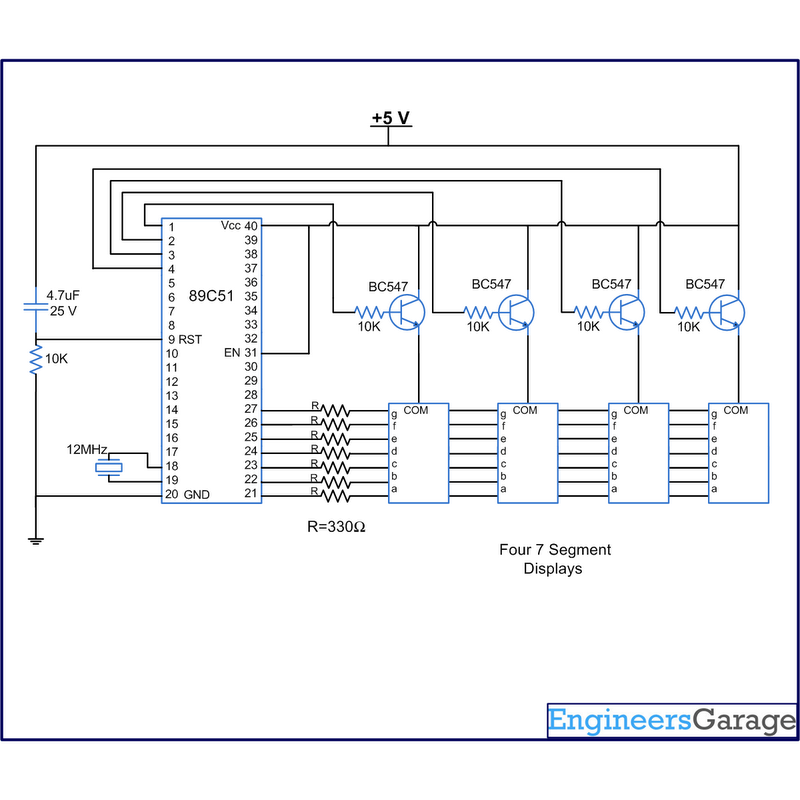
Electronic combination lock
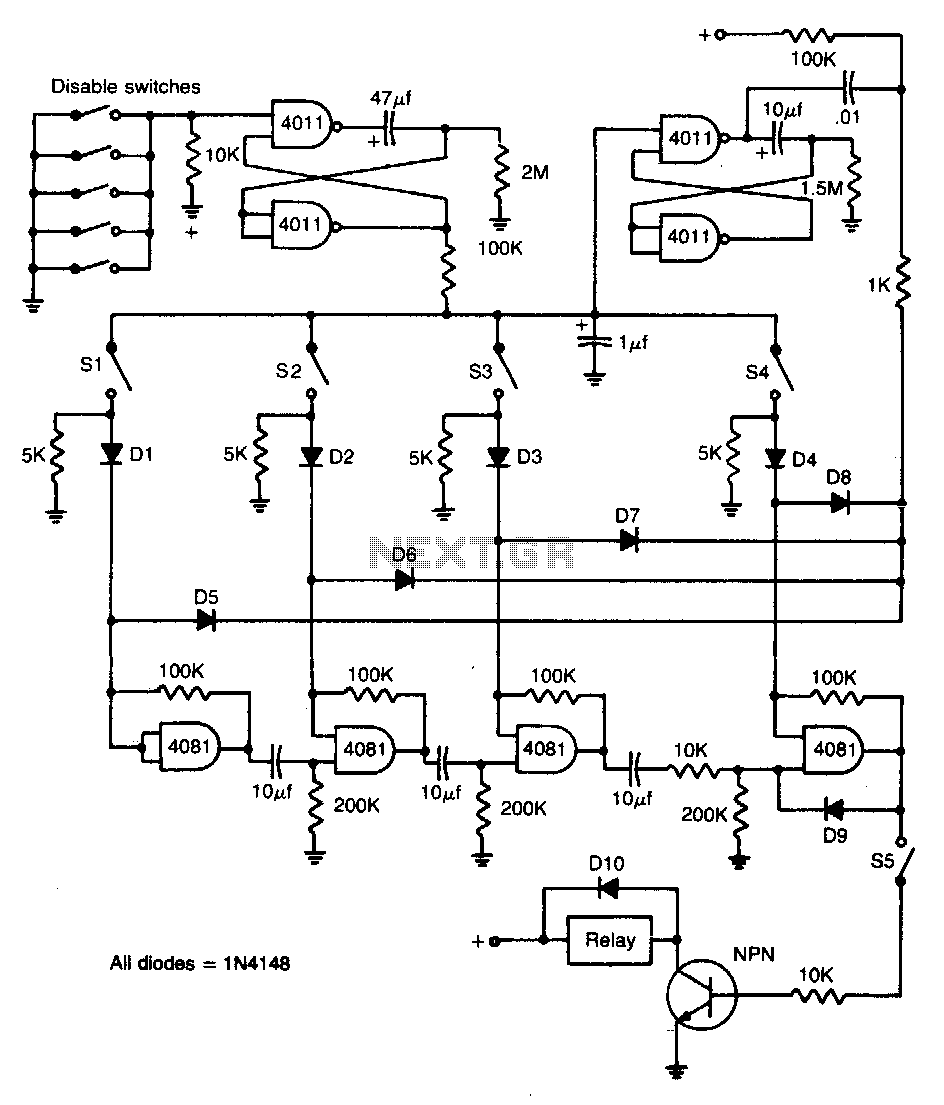
Switches SI through S5 must be operated in rapid sequence to operate the lock. They can be any numbers on a 10-button switch pad. If an incorrect button is pushed, an alarm sounds and the circuit is disabled for two minutes.
The described circuit utilizes a 10-button switch pad, allowing the user to input a specific sequence of switches (S1 to S5) to unlock a mechanism. The arrangement requires that these switches be activated in a precise order and within a rapid timeframe. The design can incorporate a microcontroller or a dedicated logic circuit to monitor the sequence of button presses.
When the correct sequence is entered, the microcontroller engages a relay or a similar locking mechanism, thereby granting access. Conversely, if an incorrect button is pressed at any point in the sequence, the circuit triggers an alarm. This alarm can be an audible sound, such as a buzzer, which alerts nearby individuals of the unauthorized attempt. Additionally, the circuit enters a lockout state for a duration of two minutes, during which no further inputs are accepted. This feature enhances security by preventing repeated attempts to guess the correct sequence.
To implement this system, a debouncing circuit may be necessary to ensure that each button press is registered accurately, avoiding false triggers from mechanical switch noise. The microcontroller can be programmed with a timer to manage the two-minute lockout period effectively, ensuring that the system resets and is ready for the next attempt after the timeout.
Overall, this switch-based locking mechanism provides a straightforward yet secure method of access control, suitable for various applications where user authentication is required.Switches SI through S5 must be operated in rapid sequence to operate the lock. They can be any numbers on a 10-button switch pad If an incorrect button is pushed, alarm sounds and the circuit is disabled for two minutes. 🔗 External reference
The described circuit utilizes a 10-button switch pad, allowing the user to input a specific sequence of switches (S1 to S5) to unlock a mechanism. The arrangement requires that these switches be activated in a precise order and within a rapid timeframe. The design can incorporate a microcontroller or a dedicated logic circuit to monitor the sequence of button presses.
When the correct sequence is entered, the microcontroller engages a relay or a similar locking mechanism, thereby granting access. Conversely, if an incorrect button is pressed at any point in the sequence, the circuit triggers an alarm. This alarm can be an audible sound, such as a buzzer, which alerts nearby individuals of the unauthorized attempt. Additionally, the circuit enters a lockout state for a duration of two minutes, during which no further inputs are accepted. This feature enhances security by preventing repeated attempts to guess the correct sequence.
To implement this system, a debouncing circuit may be necessary to ensure that each button press is registered accurately, avoiding false triggers from mechanical switch noise. The microcontroller can be programmed with a timer to manage the two-minute lockout period effectively, ensuring that the system resets and is ready for the next attempt after the timeout.
Overall, this switch-based locking mechanism provides a straightforward yet secure method of access control, suitable for various applications where user authentication is required.Switches SI through S5 must be operated in rapid sequence to operate the lock. They can be any numbers on a 10-button switch pad If an incorrect button is pushed, alarm sounds and the circuit is disabled for two minutes. 🔗 External reference

